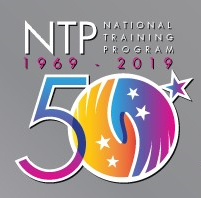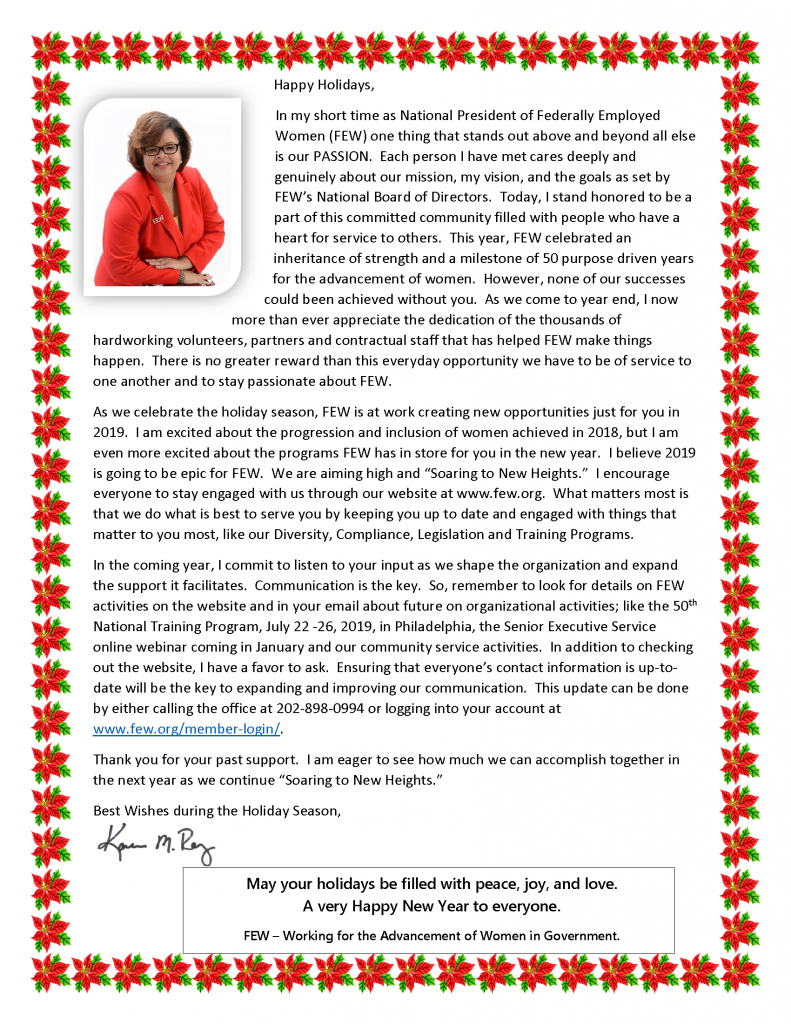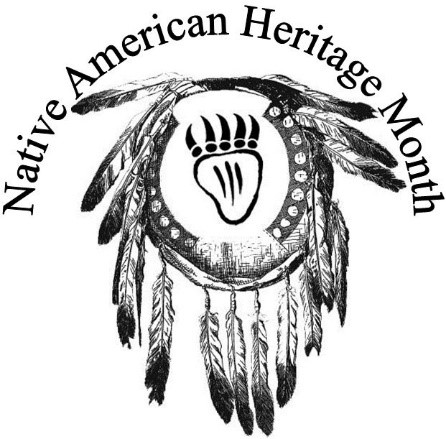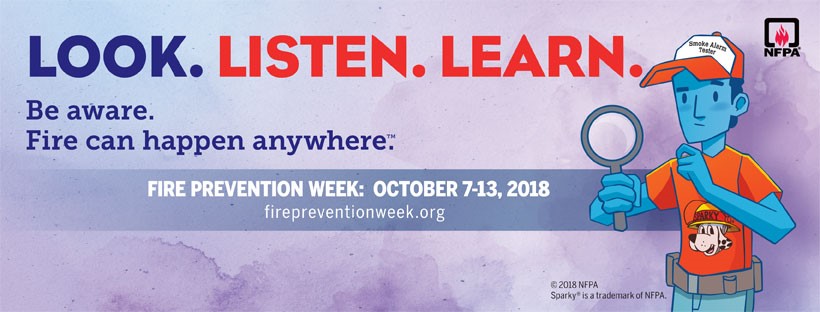National Preparedness Month (NPM) is observed each September to promote disaster and emergency planning for families and communities. This year’s theme is Prepared, Not Scared. Each week of the month highlights a different topic of preparedness. Here are some suggestions from Ready.gov:
Week 1: Save Early for Disaster Costs
- Review your insurance coverage – most homeowner’s insurance does not cover flood damage
- Visit Floodsmart.gov
- Snap photos of important documents and personal belongings
- Download the Financial First Aid to see what documents you need in case of emergency (https://go.usa.gov/xypkQ)
- Plan financially for disaster
- Keep cash on hand in case of emergencies
Week 2: Make a Plan
- Make an emergency plan and practice it
- Sign up for alerts and warnings in your area
- Include your kids in your planning
- Learn how to turn off utilities in your home
- Have 72 hours of food, water, and meds available
Week 3: Youth Preparedness
- Teach kids what to do in an emergency
- Prepare kids to communicate via text messages, 911. emergency contacts
- Include children’s medication in your home emergency kit as will was stuffed animals, books or music
Week 4: Get Involved in Your Community’s Preparedness
- Learn about the hazards most likely to affect your community
- See what voluntary organizations are available in your area
- Take classes in skills such as CPR/AED and first aid
- If you have a disability, plan for accessible transportation
- Locate a disability contact in your city’s emergency management office
Resources:









